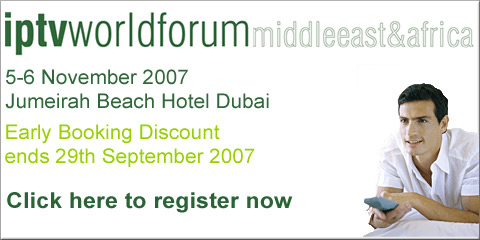|
|

article page | 1 |
2 |
out the middleman.” Essentially, as my services become more complex, they become more expensive to deliver and no one wants to pay more. “The idea of automation is important because then customers can self-construct a service based on their needs,” Grant says. “That's an extremely dangerous idea, and one that has SPs running scared every time you mention it.”
However, Grant believes this model is far from impossible, and points to a slightly different industry for the sake of reference. With regards to allowing customers to customize service, “It's like going on the Dell website to purchase a computer. You can select your base model and drag and drop features in.” On that site and in Grant's ideal, the system won't allow you to drag and drop incompatible features. The customer would only be able to configure services the back end could deliver. “You don't want a mishmash. You can't allow the customer to design a submarine that can fly at 50,000 feet or an airplane that can go underwater. There have to be guides and control.” |
|
|
Ultimately, automation is a potentially dangerous, but exciting field rife with possibilities for SPs and consumers alike. |
|

that the mishmash of elements comprising the network makes it much less of a pipe and much more of a loose confederation of
elements. He draws our attention to a fairly interesting site called Internet Traffic Report ( www.internettrafficreport.com) which monitors packet loss worldwide. As I write this, the worldwide level of data flow is listed at 78, meaning that 22% of packets are lost along the way.
Sachdev is well aware of potential pitfalls in the realm of automation. “Automation in the literal sense assumes that you are aware of all the tasks and activities that you need to perform that have some level of inefficiency associated with them” says Sachdev. “I believe that will not always be the case.”
Sachdev also touches on one of the most essential rules when dealing with automation.
|
|
|
|
|

So there is some reason for caution? Only as it relates to the framework that must be in place before automation is attempted. “Unless automation is tightly guarded and well controlled with a well understood system, it's not going to be successful,” Grant says. “Provided you have those conditions in place, there's no reason to shy away from automation. It is going to be instrumental in next-gen services.”
Intelliden and the Flexible System.
Finally, we spoke to Rahul Sachdev, VP of Marketing for Intelliden who asserts that one of the most essential reasons for automation within the OSS space has to to with the nature of the network. “Convergence is only occurring superficially,” says Sachdev. “When you get down to the network, it's incredibly disconnected. The question is, why is that? Shouldn't convergence go all the way down to the network. One reason why it's been hard for the rest of OSS to be integrated and automated is that convergence on the network layer has never taken place.”
That being the case, “The network itself is siloed and fragmented. It's not a monolithic component. There are many, many moving parts.” Sachdev is certainly right in recognizing
|
| 
“Don't do dumb things efficiently. Do smart things efficiently.” Any system is no more intelligent than the information it is given, and if systems are not approached with a modicum of business logic and care, little is gained.
Furthermore, Sachdev points to a major lesson that should have been learned from years ago. “When MCI launched its 'Friends and Family' plan, AT&T literally couldn't change its billing system to accommodate a competitive plan. It would have taken months. MCI played a beautiful card, and AT&T couldn't answer. What happens when a Google plays that card now?” Indeed, an inflexible system can be a true liability. Automation can be the key to meeting the demands of a rapidly changing market and help the AT&T's of the world be ready to meet future demands in kind.
Ultimately, automation is a potentially dangerous, but exciting field rife with possibilities for SPs and consumers alike. With proper care and guidance, the future looks mighty bright, and mighty automated. |
|
|
|
|




